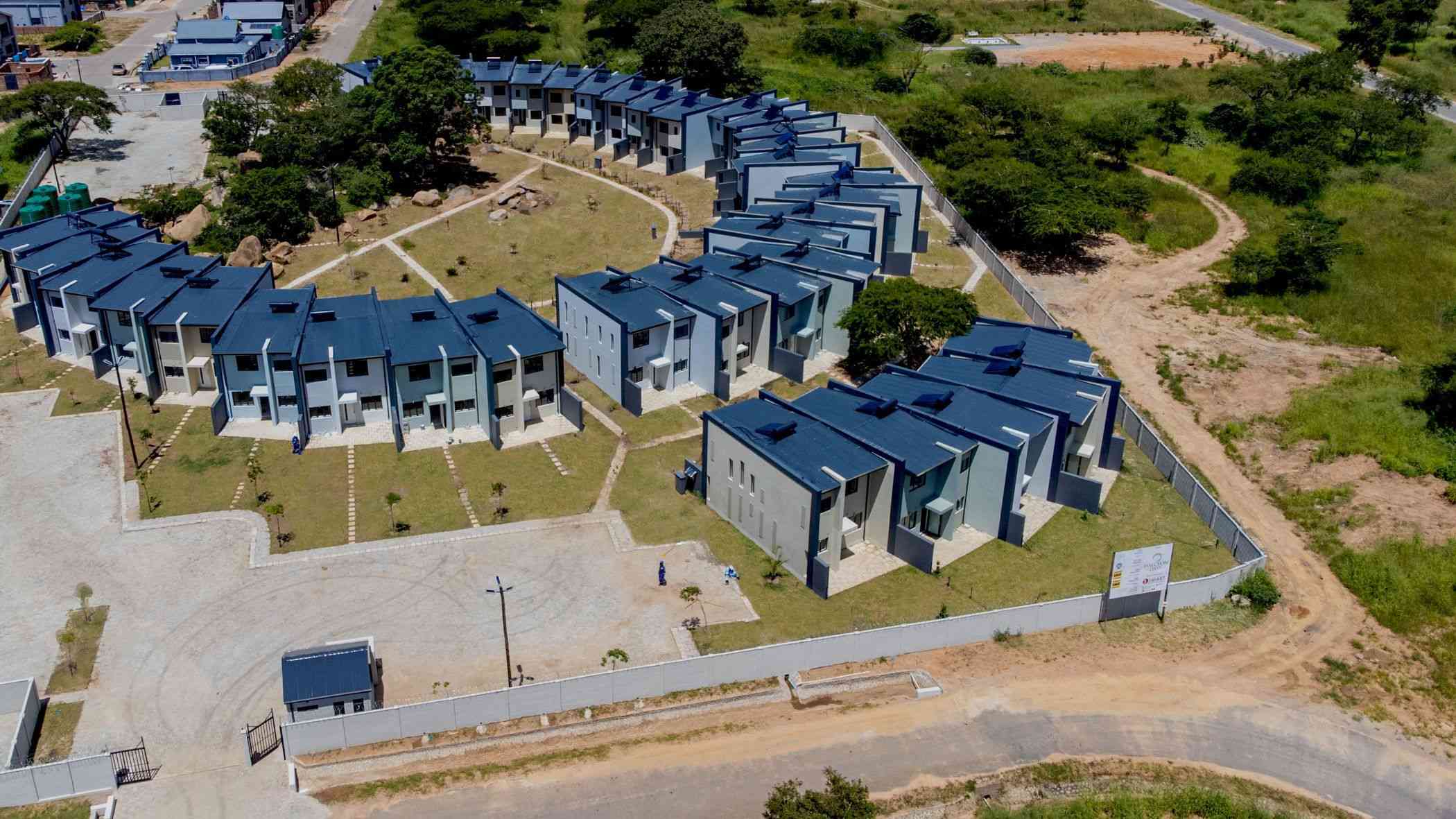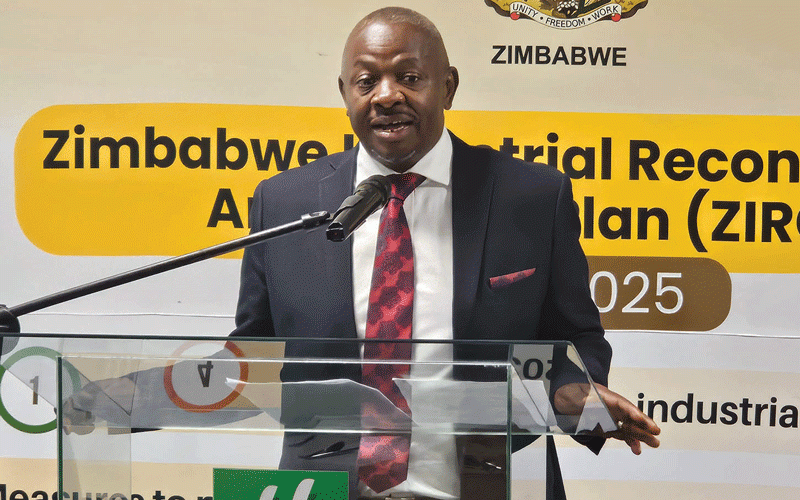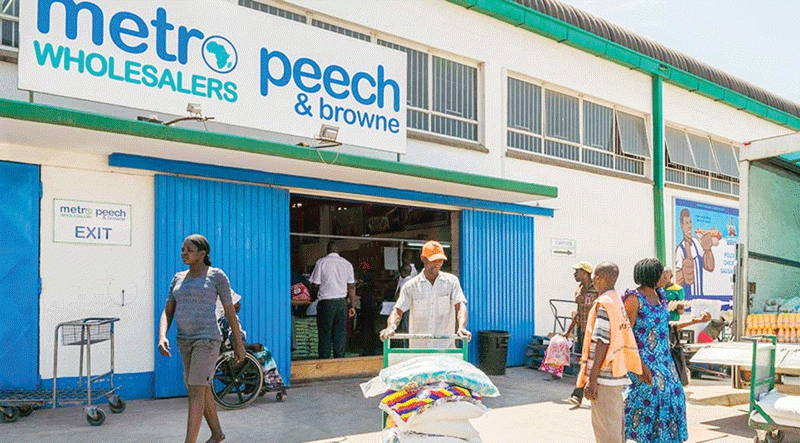
THE 2025 National Budget of Zimbabwe, themed "Building Resilience for Sustained Economic Transformation", sets the stage for a transformative approach to addressing challenges in the property market.
With a strong focus on housing development, urban renewal, and infrastructure upgrades, the budget presents opportunities for growth while raising critical questions about feasibility and execution.
For property market players — investors, developers, financiers, and scholars — this budget marks a defining moment that could reshape the sector, provided its promises are met with decisive action.
Below is a detailed review of the proposed budget’s implications for the property sector:
The government’s commitment to resolving Zimbabwe’s housing deficit, estimated at two million units, is a commendable highlight of the 2025 budget.
By leveraging public-private partnerships (PPPs), capitalising the National Housing Fund, and exploring innovative financing mechanisms, the government aims to make significant strides in delivering affordable housing.
This initiative aligns with the broader goal of ensuring access to decent shelter as a fundamental right.
While the ambition is praiseworthy, the challenges are daunting. Historically, PPPs in Zimbabwe have been plagued by inefficiencies, delays, and bureaucratic hurdles that undermine investor confidence.
- 2025 budget: Implications for the real estate market
Keep Reading
Property developers and financiers, while recognising the demand for affordable housing, may remain cautious unless the government clearly defines incentives, guarantees funding, and streamlines regulatory processes.
Furthermore, affordability — the cornerstone of this initiative — raises questions about profitability for developers. Without targeted subsidies or tax relief measures, the margins on affordable housing projects may fail to attract sufficient private sector participation.
For property market players, this is a space that demands strategic positioning. While the potential for market growth is undeniable, careful consideration of risks, particularly in financing and execution, will be critical.
The Mt Hampden New City project stands out as a flagship initiative in the 2025 budget. With over US$150 million allocated for critical infrastructure, this project aims to establish a modern urban hub equipped with residential, commercial, and recreational facilities.
If executed successfully, Mt Hampden could serve as a blueprint for urban transformation across Zimbabwe.
However, this grand vision invites scrutiny. Urban renewal projects in Zimbabwe have often fallen short due to inadequate planning, resource mismanagement, and weak governance.
The success of Mt Hampden hinges on addressing these systemic issues, ensuring that funds are utilised effectively and that project timelines are adhered to.
For property investors, the development offers promising opportunities, particularly in land acquisition, residential projects, and commercial spaces.
However, market players must remain vigilant about demand dynamics. The premium nature of Mt Hampden’s offerings may be mismatched with Zimbabwe’s current economic realities, where disposable incomes and purchasing power are constrained.
The broader concern is whether focusing heavily on Mt Hampden could lead to uneven development. By channelling resources into this singular vision, other urban areas — equally in need of renewal — may be neglected, perpetuating disparities in property market growth.
The budget’s emphasis on infrastructure development, including roads, water, and energy, is a critical pillar supporting the property market.
Well-developed infrastructure enhances the value of real estate, improves market accessibility, and attracts both local and foreign investment.
For Zimbabwe, where inadequate infrastructure has often been a bottleneck, this focus is a step in the right direction.
Yet, the challenges are significant. Infrastructure projects in Zimbabwe have historically suffered from delays, cost overruns, and substandard quality.
The commitment to improving energy supply is particularly vital, as power shortages have long hindered real estate developments.
While the government’s plans to lower restrictions on self-generation and attract private sector investment in energy are encouraging, the implementation of these measures will be pivotal.
Investors will need reassurance that infrastructure improvements will be completed in tandem with property developments to ensure project feasibility.
For property market participants, strategic investments in areas earmarked for infrastructure upgrades could yield substantial returns.
However, this will require thorough due diligence to assess the reliability of project execution and the alignment of infrastructure plans with market needs.
The introduction of innovative financing mechanisms, such as bond issuance and housing guarantee funds, signals the government’s intent to mobilise resources for the property sector.
These tools have the potential to unlock liquidity for developers, enabling large-scale projects that address housing and infrastructure gaps.
However, the broader macroeconomic environment casts a shadow over these ambitions. Zimbabwe’s high inflation, currency instability, and limited access to international capital markets create significant risks for investors.
Bonds and other financing instruments may struggle to attract participants unless supported by clear guarantees and favourable terms.
Additionally, the high cost of borrowing in Zimbabwe reduces the viability of debt-financed projects, particularly in the affordable housing segment.
The success of these financing models will depend on the government’s ability to instil confidence in its fiscal and monetary policies. For property developers, exploring partnerships with institutional investors or leveraging government-backed funds may offer a way to mitigate risks while capitalising on emerging opportunities.
The budget’s emphasis on climate resilience reflects a forward-thinking approach to property development.
With Zimbabwe increasingly vulnerable to climate change, integrating sustainable designs and green technologies into housing projects is not just an ethical imperative but a market necessity.
However, implementing climate-resilient measures comes with significant upfront costs. Developers may find it challenging to adopt these standards without financial incentives, such as tax breaks or subsidies.
Moreover, the local construction industry may lack the technical expertise to execute sustainable projects at scale, leading to potential delays and higher costs.
For property market players, climate resilience presents a dual challenge: Balancing immediate costs with long-term benefits while educating the market on the value of sustainable properties.
The budget outlines measures to streamline compliance processes and improve tax systems, which could enhance transparency and efficiency in the property market.
However, unresolved regulatory issues remain a significant concern for investors and developers.
Frequent policy changes, inconsistent enforcement, and high taxes have historically undermined investor confidence. The dual focus on fostering private sector participation while tightening compliance measures creates uncertainty about long-term policy stability.
For property market players, engaging with policymakers to advocate for fair and consistent regulations will be essential to fostering a conducive investment environment.
Ultimately, the success of the 2025 budget’s property initiatives depends on Zimbabwe’s broader economic health. High inflation, limited foreign direct investment, and low consumer spending power remain significant barriers to market growth.
While the introduction of the Zimbabwe Gold currency has provided some stability, lingering exchange rate volatility and fiscal pressures could disrupt property market dynamics.
For market players, a cautious approach is advisable. Diversifying portfolios, hedging against currency risks, and focusing on projects with strong government backing can mitigate some of these uncertainties.
Additionally, active participation in shaping policy frameworks will ensure that the property sector’s interests are adequately represented.
Conclusion
The 2025 National Budget of Zimbabwe presents a roadmap filled with both promise and pitfalls for the property market.
From ambitious housing initiatives to transformative urban renewal projects, the potential for growth is substantial.
However, systemic inefficiencies, macroeconomic instability, and regulatory uncertainties pose significant challenges to realising these goals.
For property market players, this budget represents an opportunity to shape the future of Zimbabwe’s real estate landscape. However, success will require strategic planning, a keen understanding of risks, and active engagement with policymakers to ensure that the sector’s potential is fully realised.
As the government embarks on this ambitious journey, the onus is on all stakeholders to bridge the gap between vision and implementation, creating a property market that truly serves Zimbabwe’s economic and social aspirations.
Juru is the president of the Green Building Council of Zimbabwe, an organization that is committed to helping advance green building practices across Zimbabwe through building sustainable communities.










